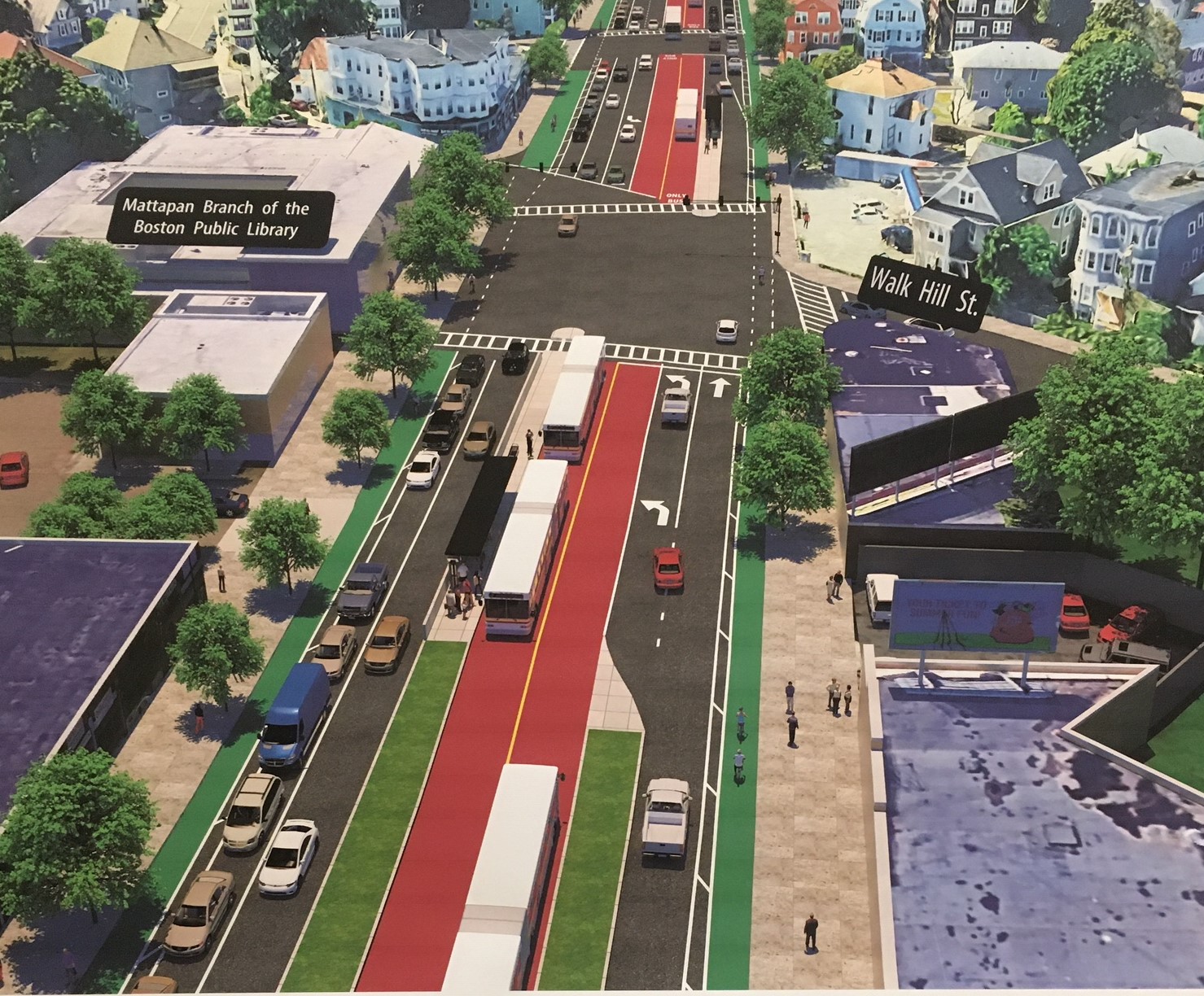After at least 15 years of hand wringing, debates, and proposals from different administrations in City Hall, Boston Mayor Michelle Wu announced the $44 million project to reconfigure the main thoroughfare that runs through the heart of Boston’s Black community, connecting Mattapan Square to Grove Hall. The goals are ambitious: to speed up bus trips, prevent car crashes on a street known for frequent disruptions, provide more shade, and make the street safer for pedestrians, the city said.
Right now, the trip can take as long as an hour, the city said, but predicts that the redesign should make the trip from Grove Hall to Mattapan Square a consistent 25 minutes.





